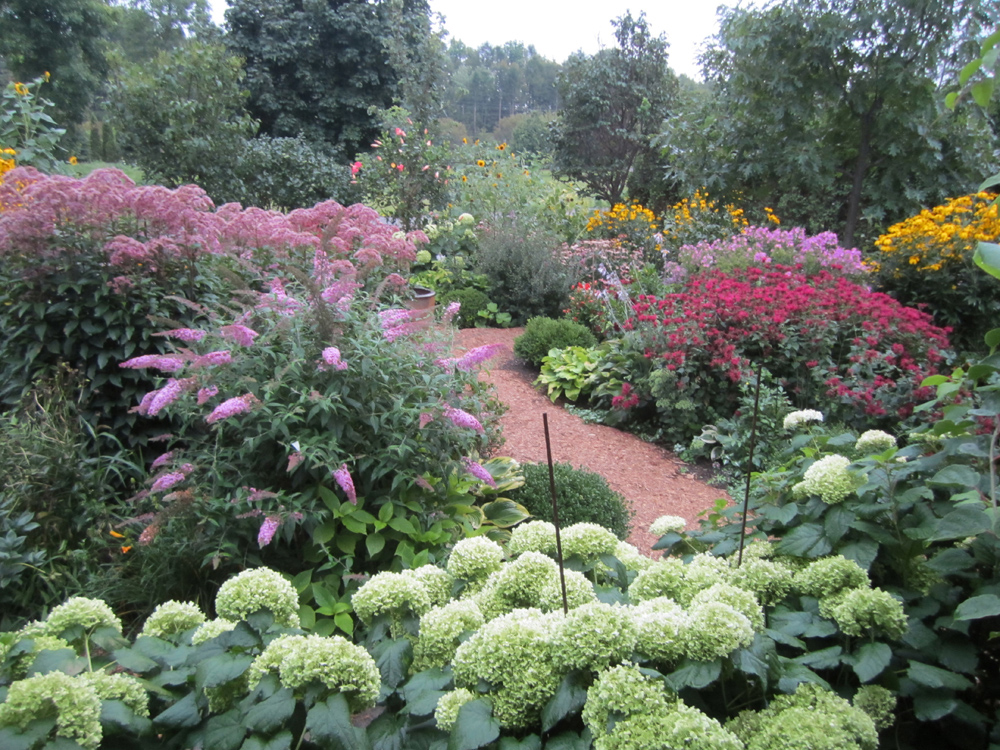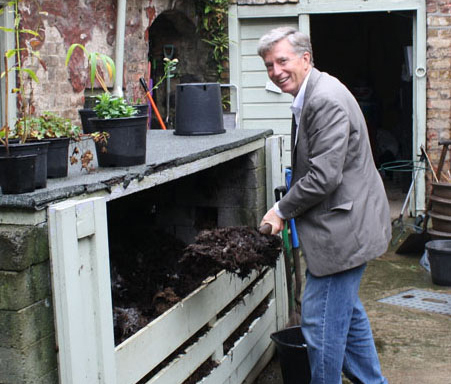Know Your Soil
By Mark and Ben Cullen
The success that you enjoy in your garden will be the result of one thing above all others – proper soil preparation. Let us ask you this: would you build a house without first putting in a solid foundation? A great garden is made ONLY when there is a solid foundation at its roots.

Step 1 – Know Your Soil
Go ahead and dig a hole. Use a sharp spade or shovel and the job is infinitely easier than if you use a dull one.
As you dig, observe: do you have clay? Sand? Old, tired topsoil? Does your shovel move through the soil easily or does it take all your weight and some wiggling to get the shovel blade to slice down through the soil? If you have not added lots of organic matter (compost) over recent years, chances are pretty good you will discover heavy, clay-based soil that is not conducive to good growing.

Clay.
If you have been blessed with heavy clay, welcome to the club. Soil in many parts of the country is clay-based.
You have a choice: either dig your new garden out to a level about 30 cm (12 inches) deep OR amend the existing soil with lots of sharp sand and organic matter in the form of compost: a mix of about 1/3 sand to 2/3 compost is a good start. Spread this mix 5 cm deep each year and let the earth worms pull it down.
If you can dig your existing soil with a sharp shovel or spade and not put your back out doing it, you can add the good stuff (sand/compost) to it to bring it up to standard.
Sand.
Few readers will have this ‘problem’ – but it is a difficult one. We recommend that you add generous quantities of compost (no sand, obviously) and by that we mean at least a 5 cm layer. Just like preparing clay-based soil for planting, you will dig it in or wait for the worms to pull it under. Either leave the compost on the surface of the existing soil for worms to come up and pull it into the subsoil or turn it over with a sharp spade. The alternative is to use a rototiller to mix everything up together.

What IS compost?
The raw material that you have left over after meal preparation (but not meat) can be especially useful in your composter. So can much of the waste that you produce in your yard (but not woody sticks or evergreen boughs).
Take the left-over salad, carrot tops, potato peels, fallen leaves, grass clippings, spent tulip and daffodil leaves (after they have turned yellow) and put them into a compost bin or compost tumbler and away you go. Mother Nature has a wonderful way of breaking all of this stuff down for you while you simply wait. In several weeks or 2 to 3 months of warm weather you will be surprised at how much progress your compost has made.
When it has decomposed remove the finished compost and spread it over your existing soil.
Remember that there is no such thing as a failure in the garden, only composting opportunities.
May 4th marks the beginning of Compost Week in Canada. What are you planning to celebrate? Visit www.compost.org for details.
And www.markcullen.com for more gardening information, of course.



